We’re excited to introduce you to the always interesting and insightful Marta Alonso Yebra Imanol Calderón Elosegui . We hope you’ll enjoy our conversation with Marta Alonso Yebra below.
Alright, Marta Alonso Yebra thanks for taking the time to share your stories and insights with us today. Before we get into specifics, let’s talk about success more generally. What do you think it takes to be successful?
We think that today it takes to be successful honesty, naif, real and truth.
Our experience is link to design and built spaces and objects. We love light so light is so important in our work.
We never know what is going to be successful. We think it is so difficult to figure it out. But fi we analyze the most important designers at this moment, all their designs are really honest, pure, it takes a kind of beauty and aesthetic quite universal and open. This kind of beauty, functionality and aesthetic could be love by our grandmothers or a children. And this process it is so difficult.
Also some of the most successful designs must be communicated really well. And most of the time a successful idea has a good marketing. Good images, good videos to explain the process behind, proportion, beauty, and also there are part of the design is unique, honest and real.
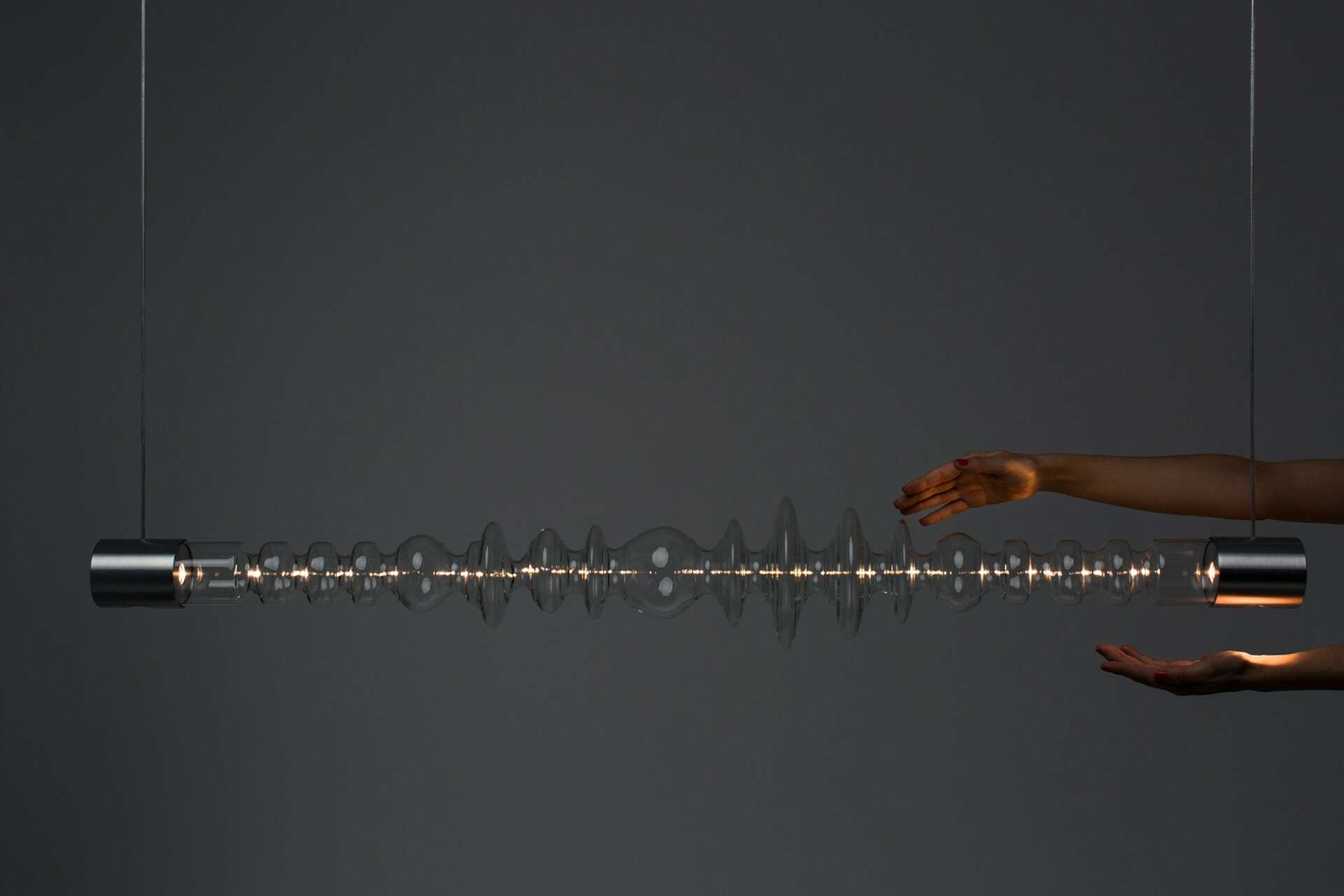

Great, appreciate you sharing that with us. Before we ask you to share more of your insights, can you take a moment to introduce yourself and how you got to where you are today to our readers.
We studied architecture in Madrid from 1998 until 2005. It was a really important moment in our lives. We had so many good Masters and at this time in Madrid there were so many architectural talks and workshop leaded by os many international architects. We feel really grateful for living this moment in Madrid and for having this masters at the university that taught us to think with abstract concepts and develop the ideas being always so loyal to the main concept. They taught us to read the time where we were living and interpretated the needs in architecture and designs. For us it was so important to have good masters and international experiences. To study art, and design, architecture, urbanism, music…. Everything is connected
We trained as architects, but since 2014 we had been working on design.
Both of us had always been attracted to design, art and beauty since we were very young. I
n fact, Marta wanted to study fine arts and Imanol wanted to study Design. We began designing and producing our first pieces of furniture around 2014. We were disappointed working in a world of Architecture full of rules yet with very few opportunities for creativity and innovation, during a period of severe crisis where there was a lack of inspiration and vision for good work that would last over time.
We therefore, felt a need to work with the materials and see the processes as a form of expression. We soon realized with the first prototypes that the industry was rather inflexible, always demanding large quantities, and you had to produce prototypes with your own hands or through master craftsmen. We like to spend time thinking, reflecting, before taking action. Prototype until we achieve the best possible solution. We believe that an architect should work the same way as a designer. The big difference is scale. As an architect, you are mainly taught to think and solve problems in different scales—from urban planning, designing a room or even solving a complex structure. This way of thinking makes it easy to shift to a smaller scale, differing in that details take on a greater value and are fundamental in design, where details mean everything.
One of our first experience with furniture was using wood and metal. But very soon by accident we started to work with blowing glass and also aluminium.
Lightness, transparency and light are qualities that are very present in our identity.
Sometimes, concepts linked to a story inspire us when constructing forms or using materials. We normally don’t just pick up a pencil and start designing a form, but we look for concepts that inspire us to design. For instance, the concept behind the Filamento design was to create a line of light inside the glass, in an immaterial way. Another example is BUIT for Gandía Blasco, we wanted it to be like a carpet that folds up and builds spaces: a sofa, an armchair. The aluminium mesh is interwoven with textile, a similar idea of how carpets are constructed and is an expression, a gesture that represents the history of the brand. Before designing, we usually spend a lot of time researching the history of the brand or abstract concepts for our designs, in order to help us come up with an idea.
Craftsmanship lets us improvise and build ideas quickly, giving them aesthetic and formal solutions, focusing on the materials, yet always with an imperfect human touch that fills it with beauty. However, technology achieves finishes and processes that are very difficult to achieve in craftsmanship. Combining the two worlds is always very difficult, yet they often intertwine and help each other. Let’s say that technology should always adapt to craftsmanship. You should always keep tolerances and variations in mind so that technology and craftsmanship can work together. In the RFC collection of lamps, for example, the aluminium piece had to fit all the blown glass pieces, but glass thicknesses always vary, so the craftsman’s skill in adhering to this measure was crucial in this case. Another example: without LED technology and lenses, we couldn’t create Filamento. That’s why we believe that craftsmanship can humanise design, because you can see the craftsman’s hand with its virtues and defects, and technology helps us enhance and magnify human work.
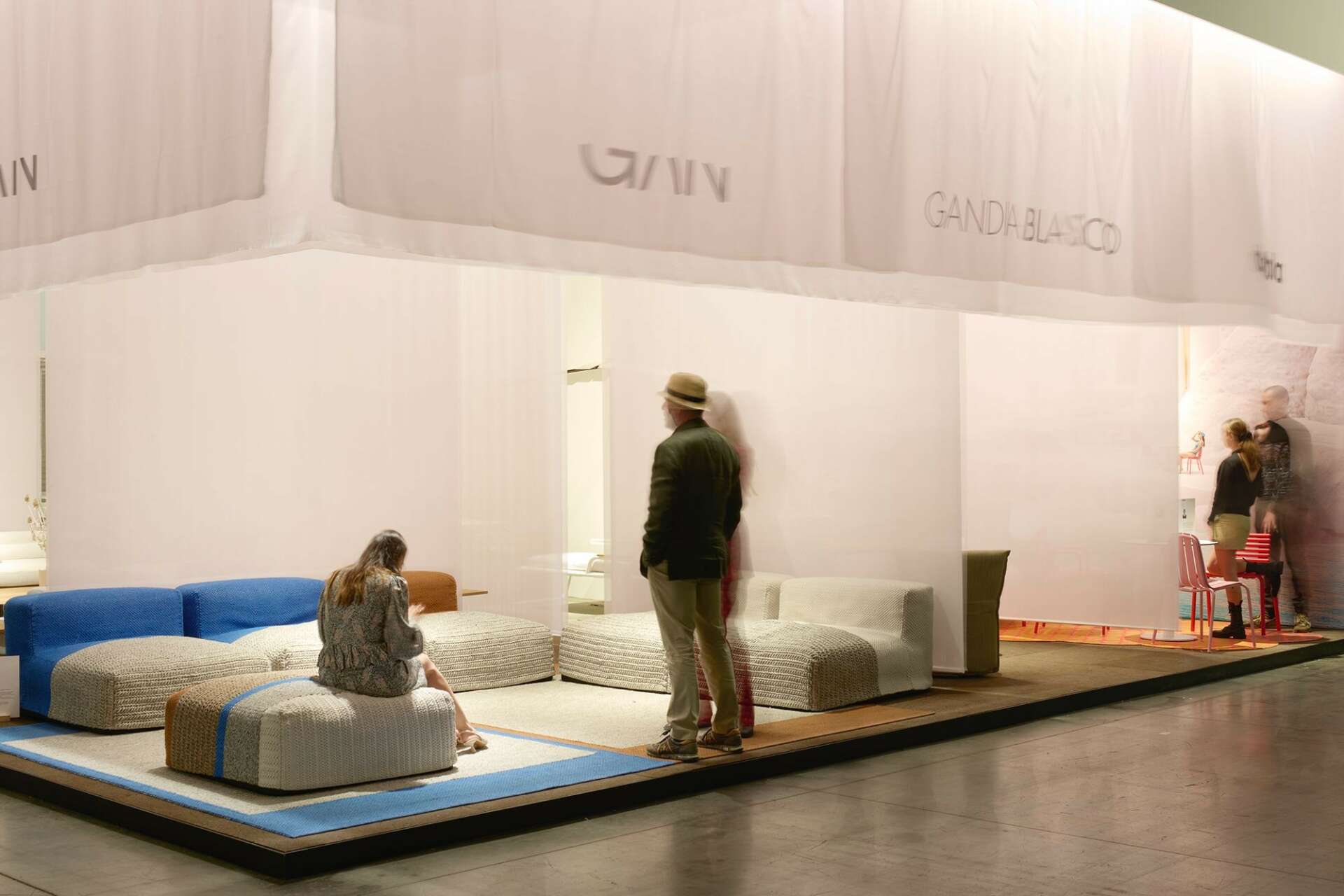
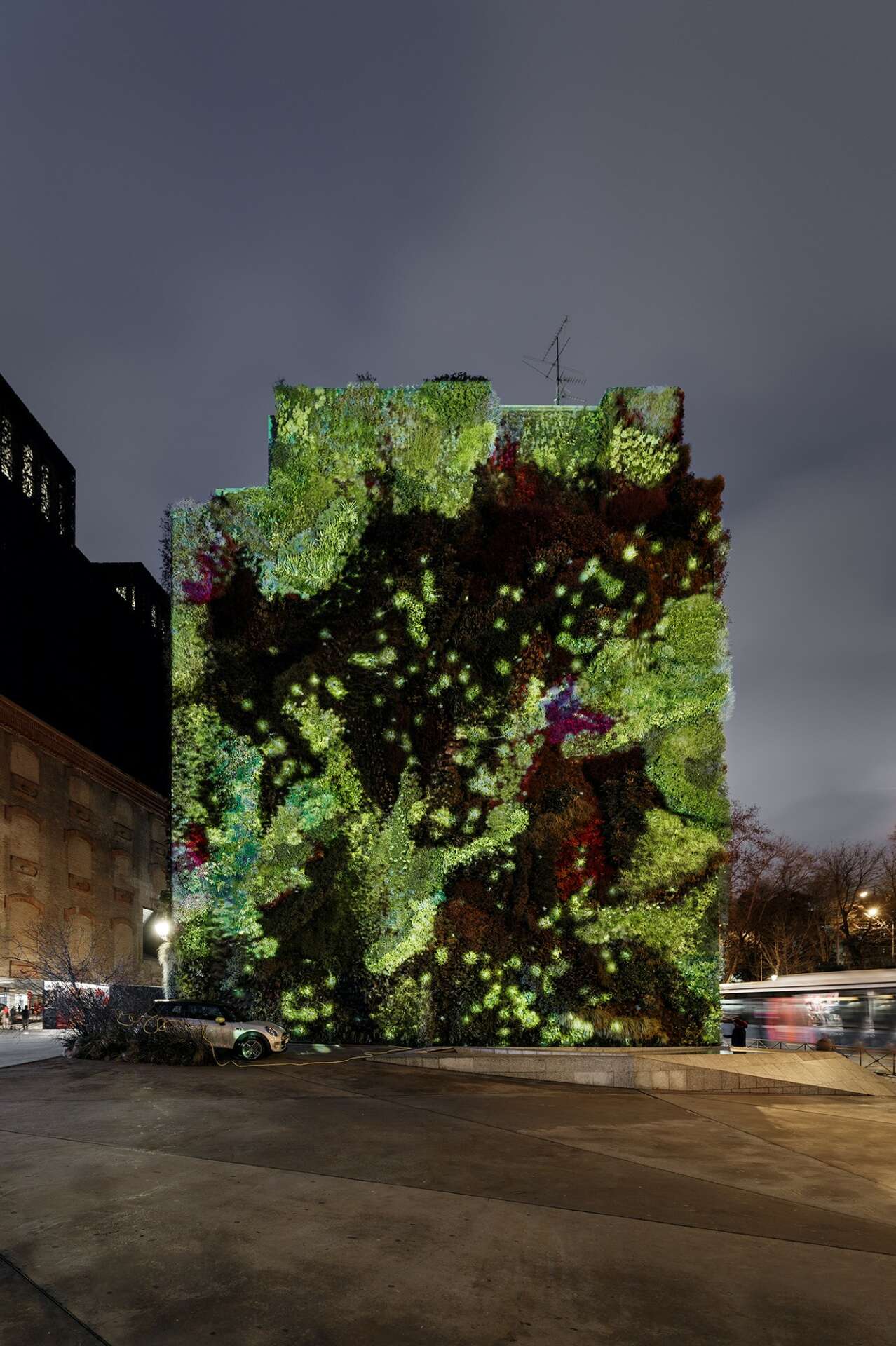
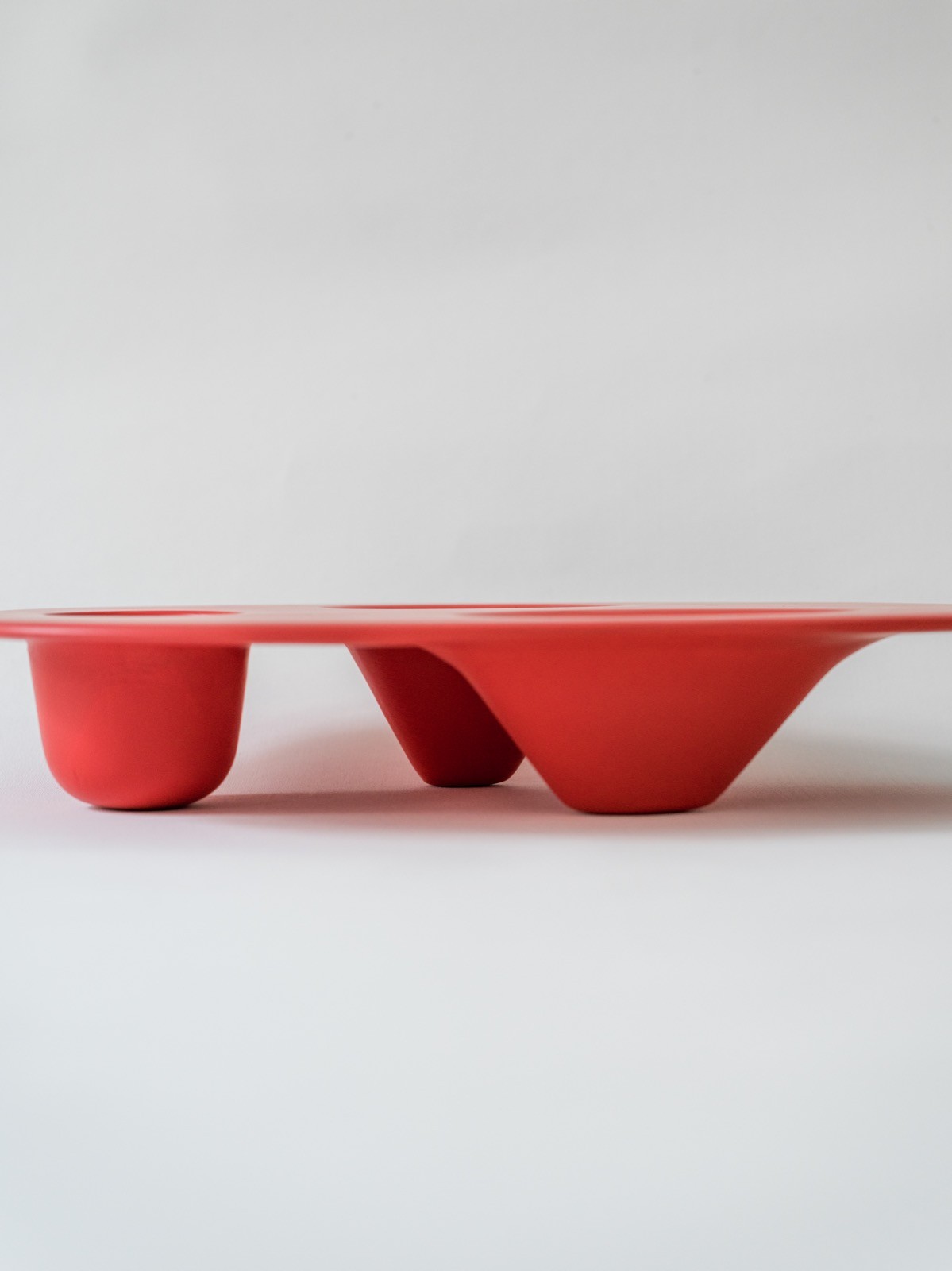
Do you have any insights you can share related to maintaining high team morale?
Imanol and Marta, founder of Mayice believe that having a good team and also masters is essential. Maintaining that team over time is very important too.
The big problems always are solved when there are masters in the team.
We always compere a good studio or good company as the big football team, they always have great teams.

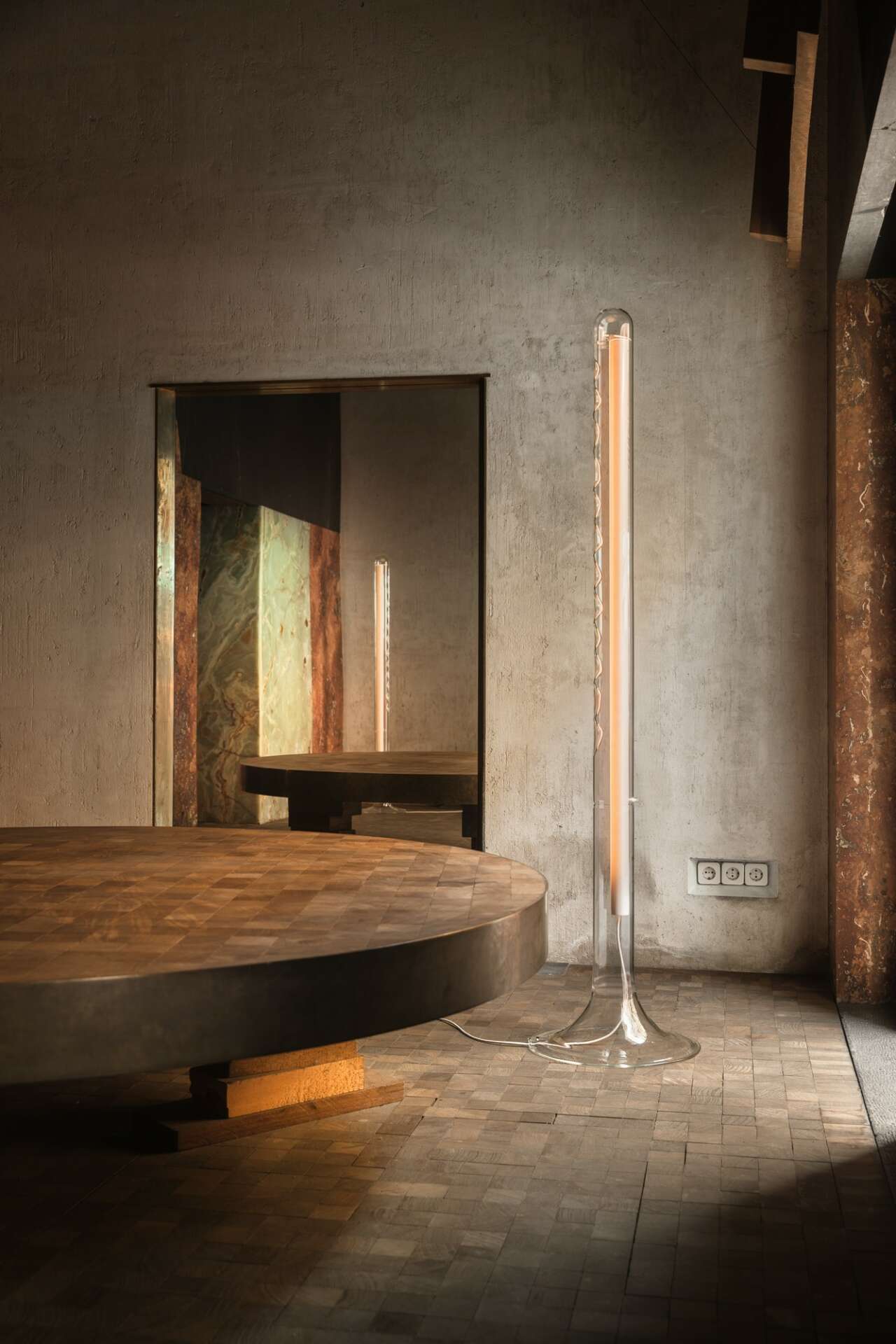

Alright – let’s talk about marketing or sales – do you have any fun stories about a risk you’ve taken or something else exciting on the sales and marketing side?
It is really important for us to be in paper magazines, the good ones. Last year we had a beautiful interview lead by the design curator Ana Dominguez Siemens. One of the best film director in the world saw one of our designs and he really like it. That’s why he came to our studio to see the piece live. It was an unforgettable experience.

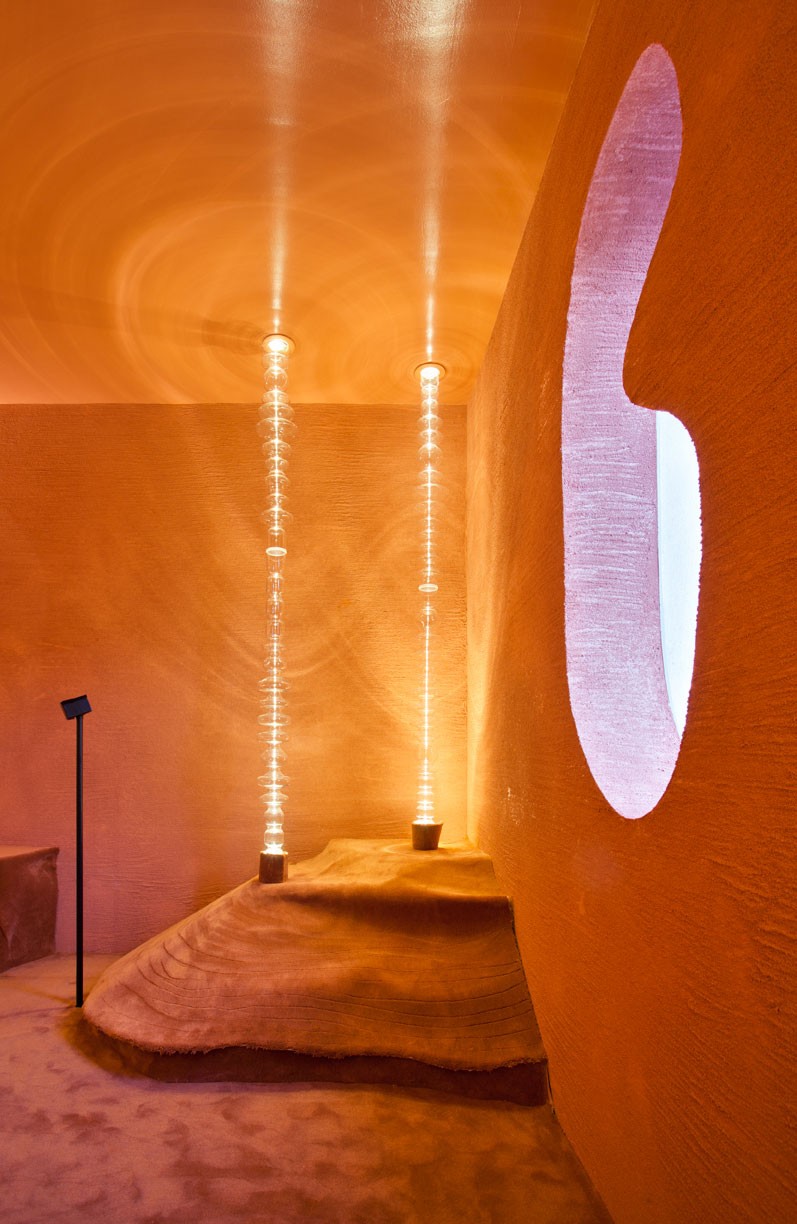
Contact Info:
- Website: https://mayicestudio.com/es/
- Instagram: Mayicestudio
Image Credits
Portrait by Pablo Gomez Ogando Most of the photos are from Pablo Gomez Ogando. Red piece by Knu Kim BUIT in pink and white by Gandia Blasco Photo of Casa Decor LZF by Nacho Uribe Salazar Gandia Blasco stand and LZF stand ( last 2 photos) by James Harris


